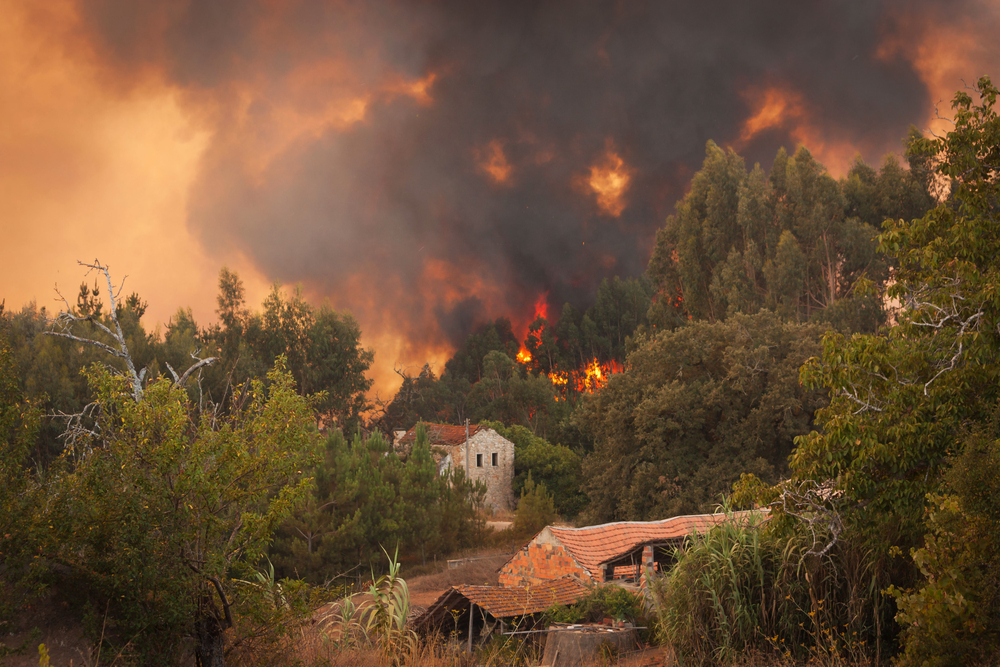Depopulation and climate change are reshaping Europe’s fire landscape, with rural abandonment leaving vast areas vulnerable. Fires are increasing, affecting regions that experienced significant land use changes. The latest piece from the European Data Journalism Network’s transnational journalistic investigation of wildfires highlights the consequences of rural exodus and neglect, posing challenges for firefighting strategies and contributing to an evolving fire map in Europe.
The dynamic fire map of Europe is intricately woven with the threads of depopulation, climate change, and transforming land use. The article by Abel Gil, also published on El Orden Mundial, inquires about the discernible shift in fire patterns, detectable by the European Forest Fire Information System (EFFIS) satellites, which paints a vivid tableau of Europe’s evolving landscape. Across Europe, rural exodus and the climate crisis have prompted the abandonment of vast rural areas, leaving millions of hectares susceptible to wildfires. Notably, recent fire outbreaks in Castellón’s municipalities, such as Benicarló, Nules, and Burriana, underscore the broader trend of neglected landscapes fueling blazes.
